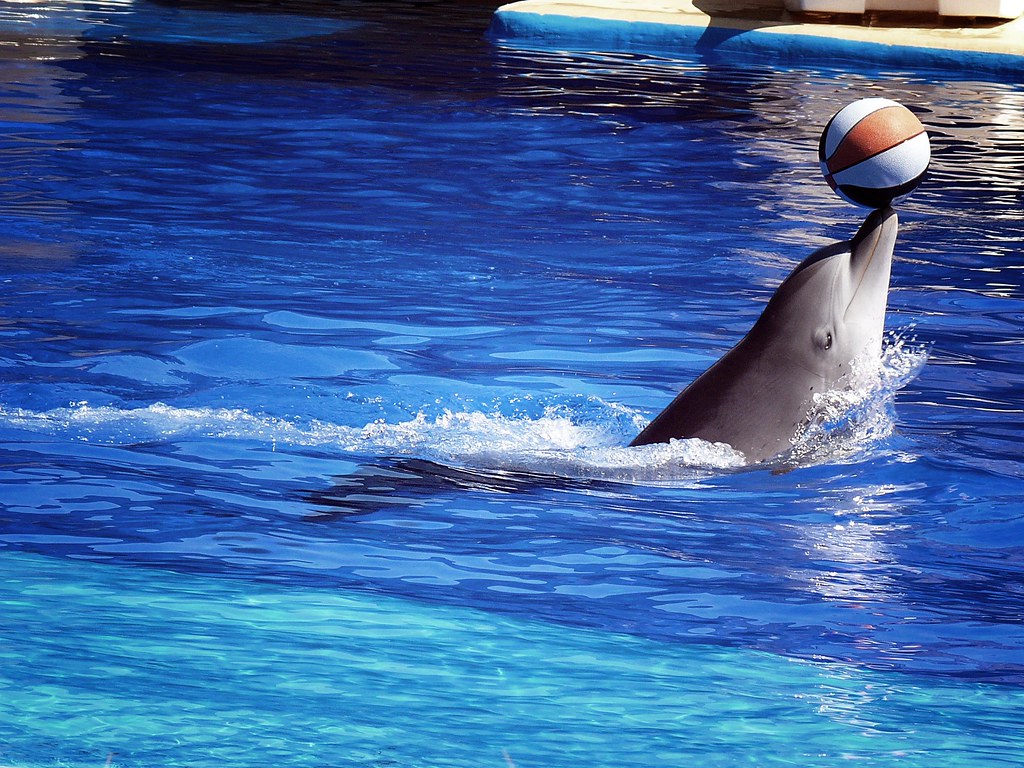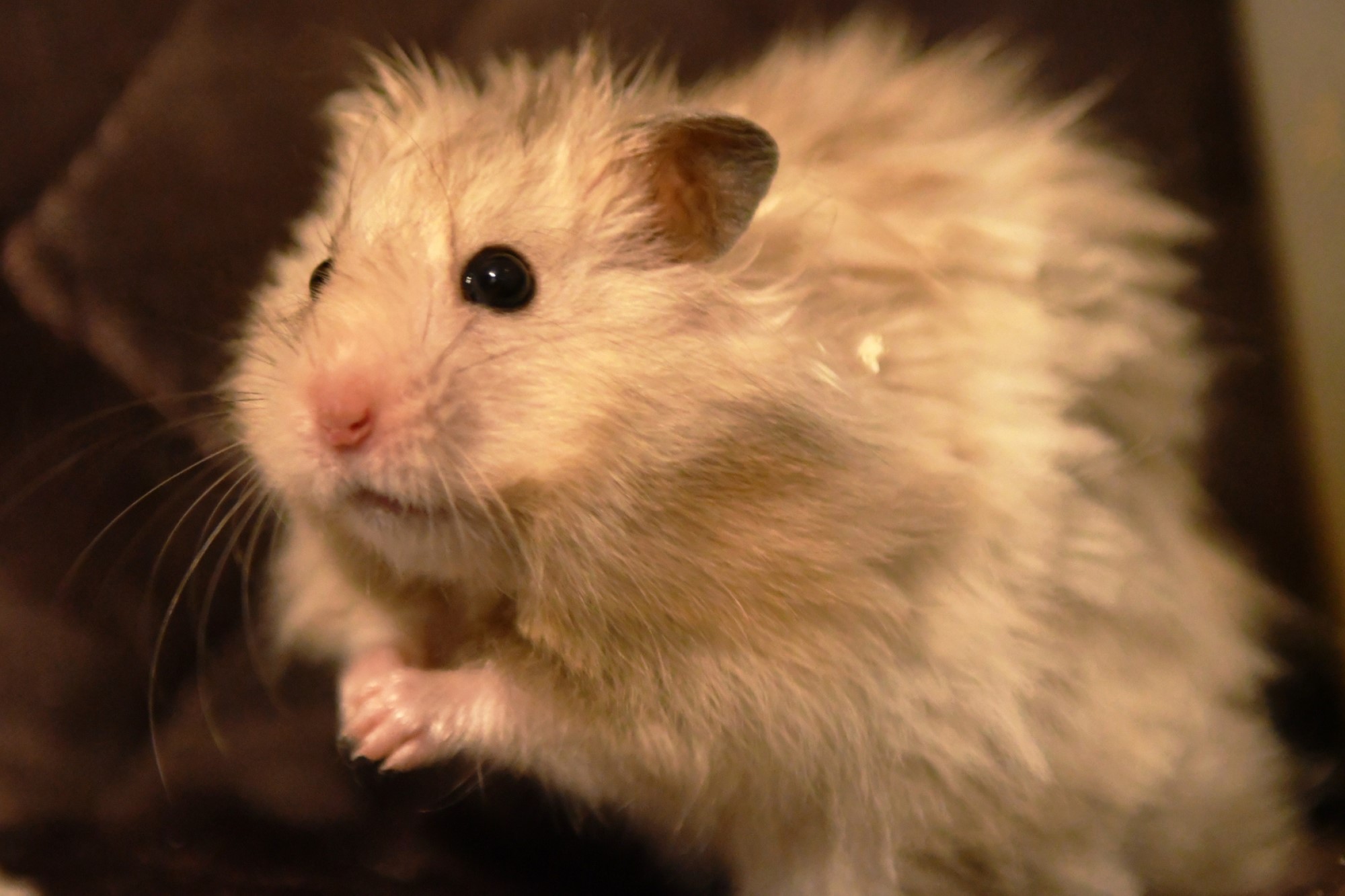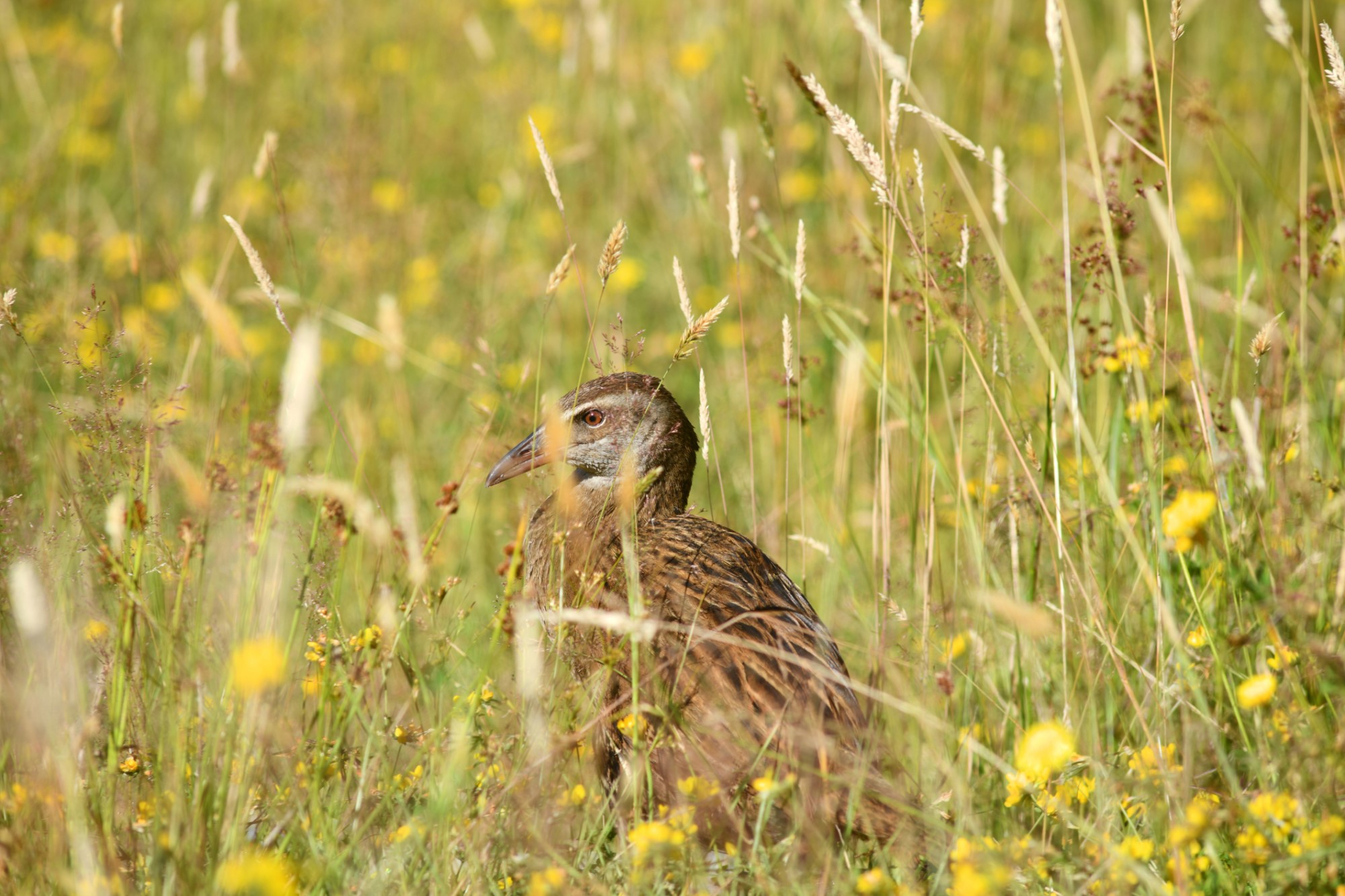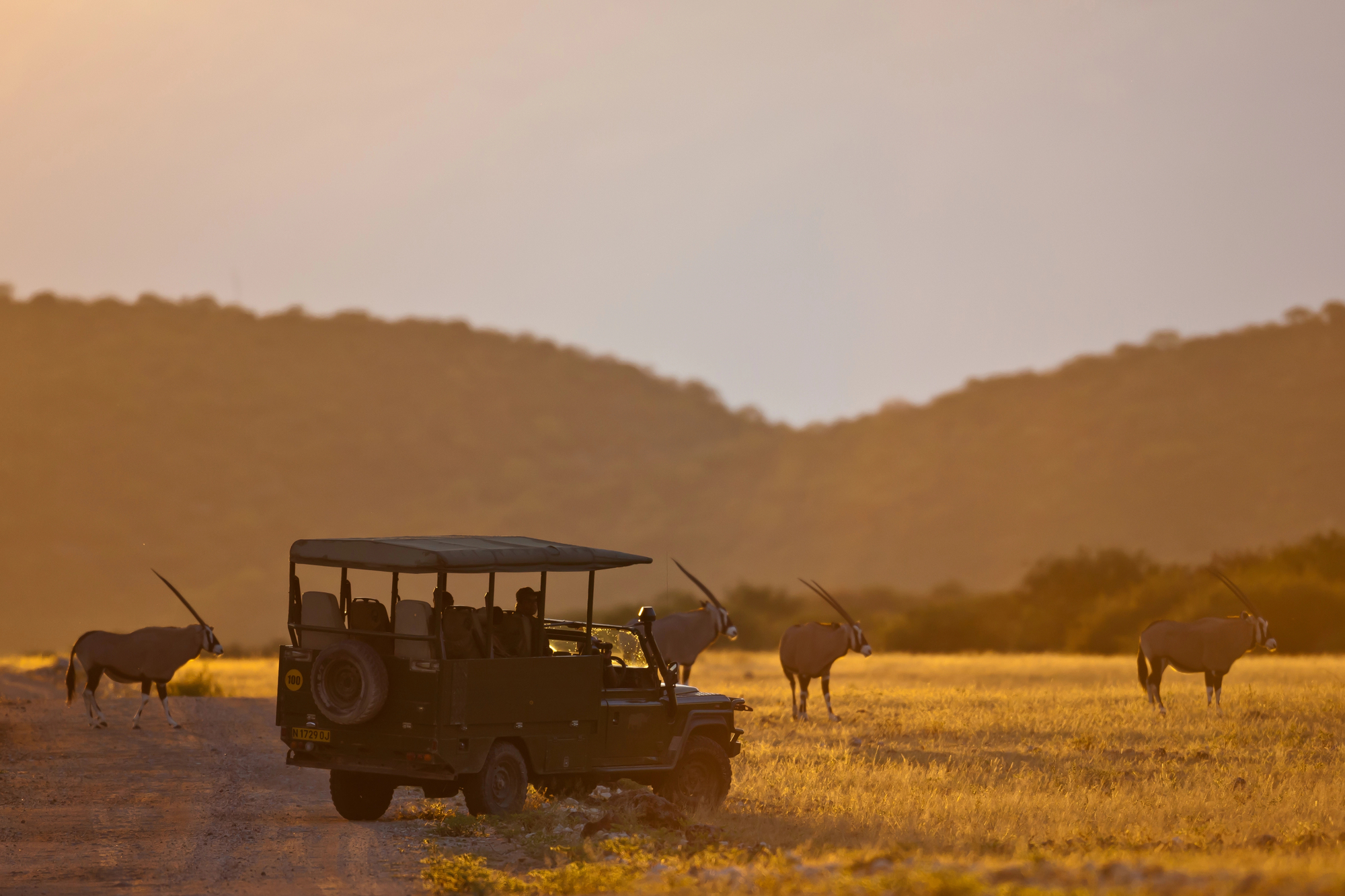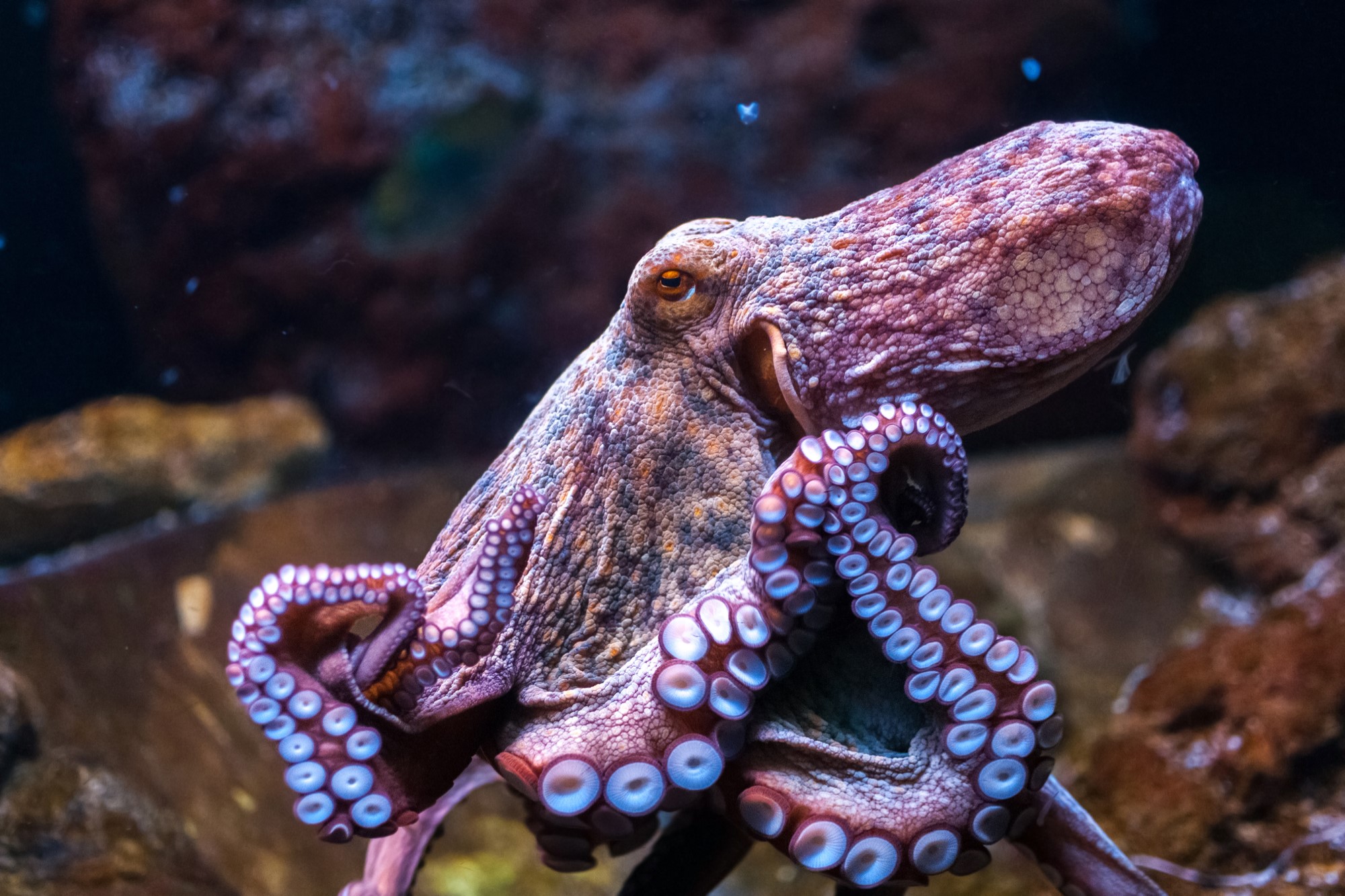Animals as Entertainment: Some Notes on Animal Bullying
Cats are scared of cucumbers.
If you haven’t seen the viral videos of pet owners sneaking up behind their feline companions and quietly placing a green vegetable just out of sight, you might be surprised to learn this fact. Nonetheless, it remains true that something about the unexpected presence of a long, emerald gourd activates a fear response in the cognitive systems of most cats. It may be that the visual similarities of such produce to predators like snakes primes the cat’s automatic reactions to flee from what it perceives as danger. To many cat-owners, and many more cat-video-watchers, these reactions are amusing (hence their popularity), but I have quite intentionally avoided providing links to any examples of such behavior, for the simple reason that I do not wish to support the mistreatment of animals, however small.
All things considered, needlessly scaring a pet is a minute example of the ways in which human and nonhuman animal interaction goes badly for the latter group; everything from hunting, to habitat destruction, to factory farming could be trotted out as an example of a far more serious case of animal mistreatment. Nevertheless, the relatively mundane instances of abuse, precisely because they are so common, are worth considering.
Take, for example, the recent report that as many as three-fourths of the World Association of Zoos and Aquariums allow for or promote at least one form of patron experience demonstrably contrary to the best interests of the nonhuman animals involved. According to the international nonprofit organization World Animal Protection, examples range from allowing park-goers to take “wildlife selfies,” to pet or ride various large creatures, or to watch performances of nonhuman animals in demeaning, circus-like settings. In many cases, years of harmful training are required to prevent the animals in question from endangering the park-goers, including harsh methods to establish dominance over strong-willed creatures. Although zoos and aquariums are often heralded as important players in conservation efforts, insofar as they educate the general public about the value of nonhuman life, if they do so at the expense of the well-being of the animals most directly under their care, then questions of hypocrisy arise.
In a similar vein, wild creatures in America’s national parks are frequently cornered by well-intentioned nature-lovers in ways that inevitably lead to dangerous situations for humans and nonhumans alike. This year, bison attacks in Yellowstone and Theodore Roosevelt National Park in North Dakota were captured on video – in one, a nine-year-old girl was launched into the air by a bison after a crowd of four or five dozen park visitors surrounded the animal for over 20 minutes. Although park regulations require guests to remain at least 25 yards from all wildlife, the average bison’s calm appearance gives many people the impression that it’s safe to approach. In reality, bison tend to conserve their energy until it is most needed, moving in quick, short bursts of intense speed. As Emily Perrine, a Swiss psychologist, explains, “We interpret this as the bison being nice, and wanting to be near us, and that they want us to touch them. We have to understand that our human behavioral signals are very different than the behavioral signals given by wild animals.”
This is precisely the point: whether we are misreading ‘fearful’ as ‘calm,’ ‘broken’ as ‘playful,’ or ‘terrified’ as ‘amusing,’ we are misreading the animals we encounter nonetheless – and, in all seriousness, potentially causing them harm. If a third-grader perpetually tormented a skittish first-grader by hiding behind corners and jumping out to scare her, then tried to defend this bullying on the grounds that “I find it funny,” we would call her a bully nonetheless – so, too, with cat owners and their cucumbers.
If we truly wish to be the animals lovers we claim we are, then we would do well to try and imagine how they experience the world we share, just as much (if not more) than how we consider it for ourselves. This could take the form of the sorts of concerns about relations of dependence and moral orientations as highlighted by care ethicists like Carol Gilligan or Nel Nodding; philosophers in this tradition highlight how bonds between individuals can ground unique sorts of obligations and rights – such as those between a human pet owner and the creatures who depend on her. Or this might look like the sorts of perspectival concerns highlighted by Sandra Harding and others under the heading of ‘standpoint epistemology’ – the thesis that individuals in certain social positions have privileged access to various forms of knowledge. Even though the setting on the side of a Yellowstone trail might seem peaceful to the humans present, it might equally be quite stressful from the standpoint of the bison – giving this perspective serious consideration is not only epistemically virtuous, but morally preferable.
1 My thanks to Sofia Huerter and Jasmine Gunkel, whose paper presentations at this summer’s workshop of the Society for the Study of Ethics and Animals in Boulder, CO, provoked my thinking on these matters.

